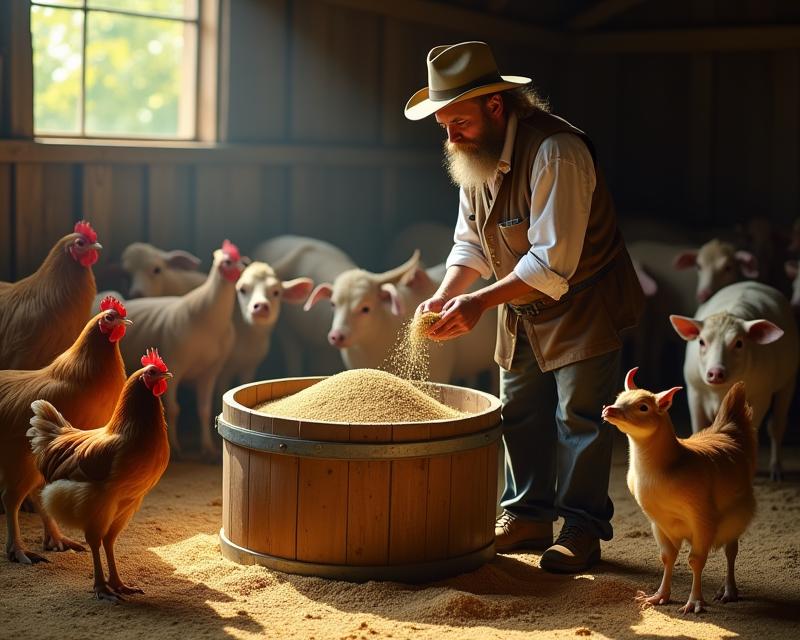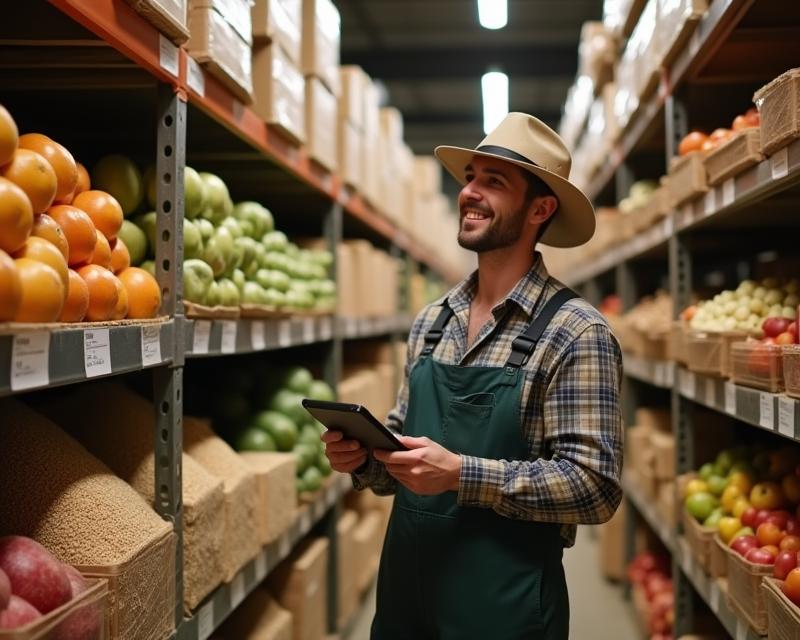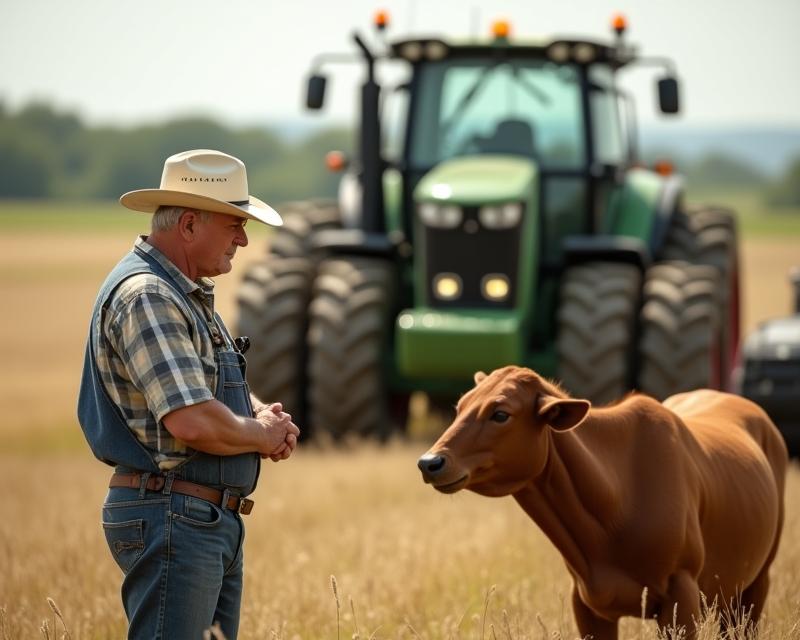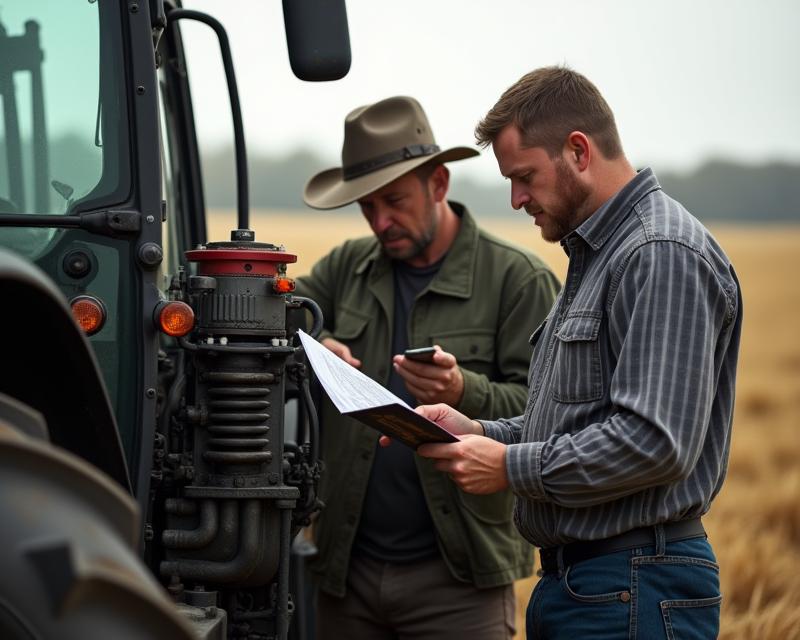DIY Animal Feed: Using Surplus Grains
Publish in Farm Business el 23/07/2025 17:00
Repurposing Grains: A Guide to Homemade Animal Feed
Are you a farmer, gardener, or rancher looking for a cost-effective way to feed your animals? Do you find yourself with surplus grains from your harvest? Instead of letting them go to waste, consider making your own animal feed! It's a fantastic way to reduce costs, promote sustainability, and ensure your animals receive nutritious meals. This guide offers simple, safe recipes for chickens, goats, pigs, and cows, utilizing grains you likely already have on your farm.

Why Make Your Own Feed?
There are many benefits to crafting your own animal feed. Firstly, it significantly reduces feed costs, especially if you're growing your own grains. Secondly, you have complete control over the ingredients, ensuring your animals receive a balanced diet tailored to their specific needs. You can avoid potentially harmful additives found in commercial feeds. Finally, it's a great way to utilize surplus crops, minimizing waste and promoting a more circular farm system. It's a win-win for your wallet and the environment!
Recipes for Happy Animals
Here are some simple recipes to get you started. Remember to always research the specific nutritional needs of your animals and adjust the recipes accordingly. Consult with a veterinarian or animal nutritionist if you have any concerns.
Chicken Feed
Recipe: Mix 50% corn or wheat with 25% oats, 15% barley, and 10% protein supplement (like soybean meal or sunflower seeds). A sprinkle of cracked corn is always a hit! Chickens thrive on a varied diet, and this blend provides essential energy and protein.
Goat Feed
Recipe: Combine 40% oats, 30% pasture grass (dried), 20% corn, and 10% protein supplement. Goats need a good source of fiber, so dried pasture is key. Ensure access to mineral supplements as well.
Pig Feed
Recipe: A blend of 40% corn, 30% barley, 20% oats, and 10% soybean meal. Pigs are omnivores, so a balanced mix of grains and protein is important. Consider adding fruits and vegetables as treats.
Cow Feed
Recipe: Mix 50% corn or oats, 25% hay (dried), 15% barley, and 10% protein supplement. Cows require a high-fiber diet, so hay is essential. Adjust the grain proportion based on the cow's age and production stage.
Important Considerations
Always store your homemade feed in a cool, dry place to prevent spoilage and pest infestations. Ensure the grains are free from mold and contaminants. Introduce new feeds gradually to avoid digestive upset. And most importantly, observe your animals closely for any signs of illness or nutritional deficiencies. Making your own feed is a rewarding experience that can significantly benefit your farm and your animals. Happy feeding!





